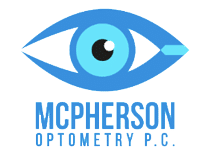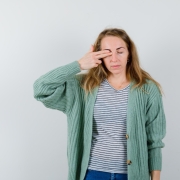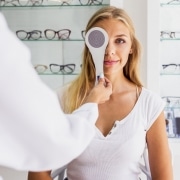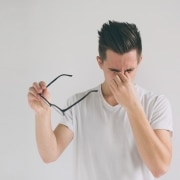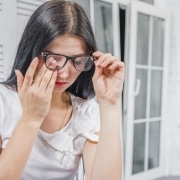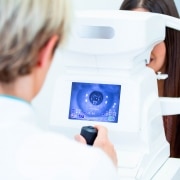A Look at the Common Types of Eye Injuries
Injuries to the eye can be detrimental to your overall visual capabilities. These eye conditions in North Syracuse can require a visit to the eye doctor as quickly as possible. Take a look at some of the most common types of eye injuries and why they can pose a substantial threat.
Chemical or Substance Burns
Chemicals or substances that splash into the eyes can cause burns to the cornea and can cause problems even deeper in some cases. If anything is splashed into the eye, it is imperative that you use cleaned hands and lukewarm water or an approved eye wash to remove the substance from your eye as quickly as possible. Flush your eye up to 20 minutes, and be sure to remove contact lenses. Contact an eye doctor immediately for advice.
Foreign Objects in the Eye
Finding a foreign object in your eye can be alarming, and if you don’t take the proper steps, the situation can cause vision health issues. If you find something in your eye or something lands in your eye:
- Avoid rubbing your eyelids
- Have someone look to see if the item is floating or embedded
- Get in touch with an eye doctor if the item in your eye appears to be stuck or is causing you pain
Make sure you never try to remove an object that is lodged in the eye or seems to have penetrated the eye. Do what you can to keep the object stable and seek emergency care immediately.
Corneal Abrasions (Scratches)
Just like your skin, the cornea can sustain scratches and abrasions. Perhaps you were hit in the eye with a flying object, were scratched by a fingernail, or ran into something and it scratched your eye. A corneal scratch can show up as a severely bloodshot area, and you may even see blood pooling in your eye. Be sure to avoid rubbing the eye and reach out for professional advice from an eye doctor as soon as possible.
Got an Eye Injury? Get Help from a North Syracuse Eye Doctor
Any eye injury should be treated as an emergency. Prolonging treatment could be detrimental to your visual health and capabilities going forward. If you have sustained an eye injury, please reach out to an eye doctor in North Syracuse like us at McPherson Optometry P.C to schedule an appointment.
